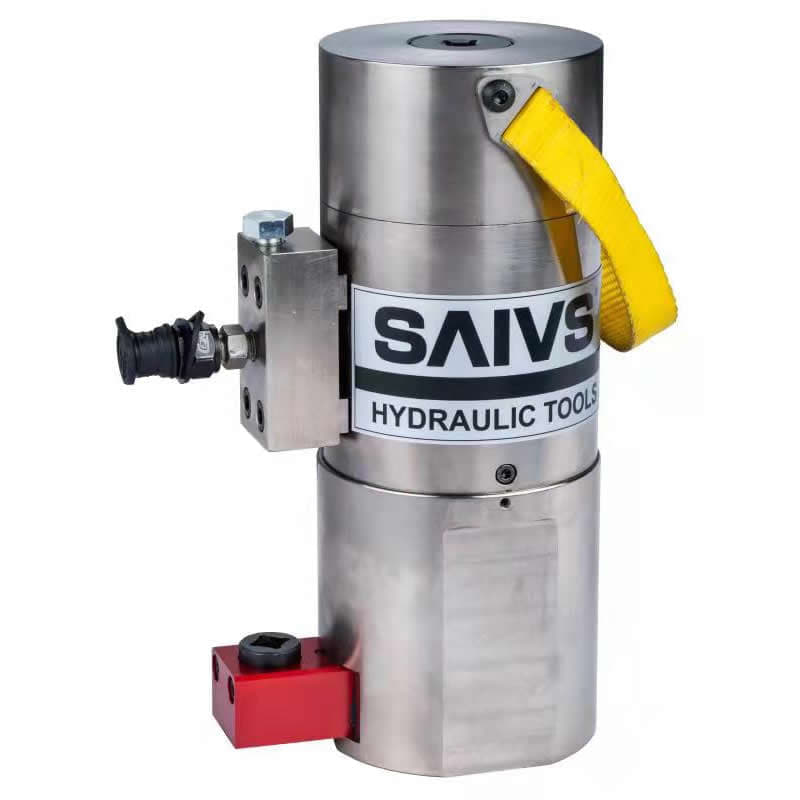Bolts and Tensioners: Maintaining Security and Stability in Wind Turbines
As the demand for renewable energy sources grows steadily, wind energy has emerged as a leading contender.
Wind turbines provide a clean, efficient, and sustainable form of power, making them a vital component of modern energy infrastructure.
In this article, we will explore the types of bolts used in wind turbines, the size of these bolts on a wind turbine base, and the functioning of Bolt Tensioners.
To ensure that wind turbines can withstand extreme weather conditions and provide reliable energy output,
engineers incorporate various types of high-strength and durable materials, including the bolts used to keep the structures secured.
In general, wind turbines utilize specially designed structural bolts, such as ASTM A325, A490, and EN 14399-4. These bolts are made of High Strength,
low alloy steel and coated with a corrosion-resistant material to prevent structural failure due to weathering and wear over time.
Wind turbine bases are constructed to bear the weight of the entire structure and maintain stability.
To provide this stability, massive bolts are utilized to anchor the turbine to its foundation.
The size of these bolts varies depending on the turbine's specifications and design, but typically, they can range from 1.5 to 3 inches in diameter.
The length of the bolts can also vary, usually ranging from 20 to 70 inches.
When constructing the turbine base, engineers take into account factors such as load distribution, bolt pattern, and concrete strength to ensure a secure and stable foundation.
bolt tensioners play a crucial role in keeping wind turbines correctly assembled and secure.
A bolt tensioner is a hydraulic device that applies a precise amount of force to the bolt to create the necessary tension in the threaded connection.
The tensioner essentially stretches the bolt, creating clamping force and securing the components in place.
The process of using bolt tensioners involves several steps. First, the tensioner is placed on the exposed end of the bolt that protrudes through the nut and flange.
The hydraulic pressure is then applied to force the tensioner piston to extend, which in turn stretches the bolt.
The stretching of the bolt creates axial or linear tension within the bolt, essentially securing it in place.
While the bolt is under tension, the nut is turned toward the flange and secured.
Finally, the hydraulic pressure is released, causing the bolt to relax and transferring the clamping force onto the joint.
In summary, wind turbines use high strength bolts, such as ASTM A325, A490, and EN 14399-4 for their structural stability.
To ensure a secure connection to the turbine base, large diameter bolts ranging from 1.5 to 3 inches are employed.
Bolt tensioners play an essential role in maintaining these connections and ensuring the turbine's security and stability.
By understanding the types of bolts used and Tensioning process,
maintenance crews and engineers can ensure the longevity and durability of these essential renewable energy sources.
Why Choose SAIVS™ as Your Supplier?
With 20 years of industry experience, SAIVS is a leading Chinese manufacturer of high-quality tools, offering competitive pricing and excellent customer service.We pride ourselves on exceptional quality control, extensive experience, and comprehensive after-sales service.
